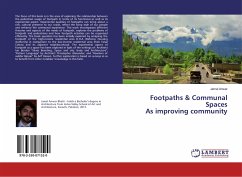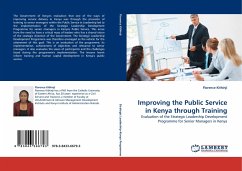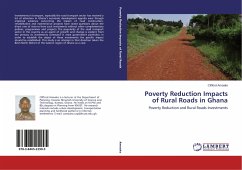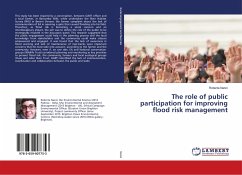
Footpaths & Communal Spaces As improving community
Versandkostenfrei!
Versandfertig in 6-10 Tagen
24,99 €
inkl. MwSt.

PAYBACK Punkte
12 °P sammeln!
The focus of this book is in the area of exploring the relationship between the pedestrian usage of footpath in terms of its functional as well as its experiential aspect. Experiential qualities of footpaths can bring about a rich, cultural presence to our roads, reflect the living style of our people and enhance the communal experience. This work encompasses different theories and aspects of the needs of footpath, explores the problems of footpath and pedestrians and how footpath activities can be organized efficiently. The book question has been initially explored by analysing the footpath o...
The focus of this book is in the area of exploring the relationship between the pedestrian usage of footpath in terms of its functional as well as its experiential aspect. Experiential qualities of footpaths can bring about a rich, cultural presence to our roads, reflect the living style of our people and enhance the communal experience. This work encompasses different theories and aspects of the needs of footpath, explores the problems of footpath and pedestrians and how footpath activities can be organized efficiently. The book question has been initially explored by analysing the footpath of the high-income residential area D.H.A (Defence Housing Authority) in comparison to the low-income residential area Shah Faisal Colony and its adjacent neighbourhood. The experiential aspect of footpath as a space has been explored in light of the writings of: Architect Ian Borden "Skate Boarding, Space and city: body and Architecture"; "Pattern Language" by Architect Christopher Alexander, and "Hawkers of sadder Bazaar" by Arif Hassan. Further exploration is based on surveys so as to benefit from other notables' knowledge in this field.












